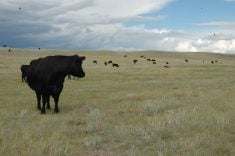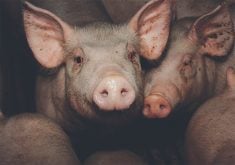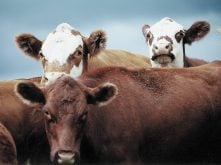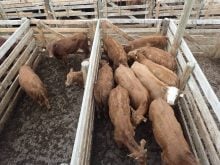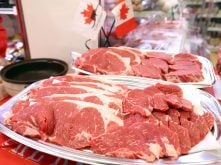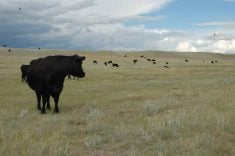SAN ANTONIO, Texas — Ugly injection site injuries, oozing bruises and needle tracks could be a thing of the past for the beef industry.
Since the first fed beef quality audit was conducted in1991, the American beef industry is showing quality improvements.
“You should take pride in what you have done in this period of time,” said Gary Smith, meat scientist from Colorado State University.
“Producers realized there are lost opportunities because of quality problems.”
The results were presented last week to the annual meeting of the National Cattlemen’s Beef Association, which helped fund the audit.
Read Also
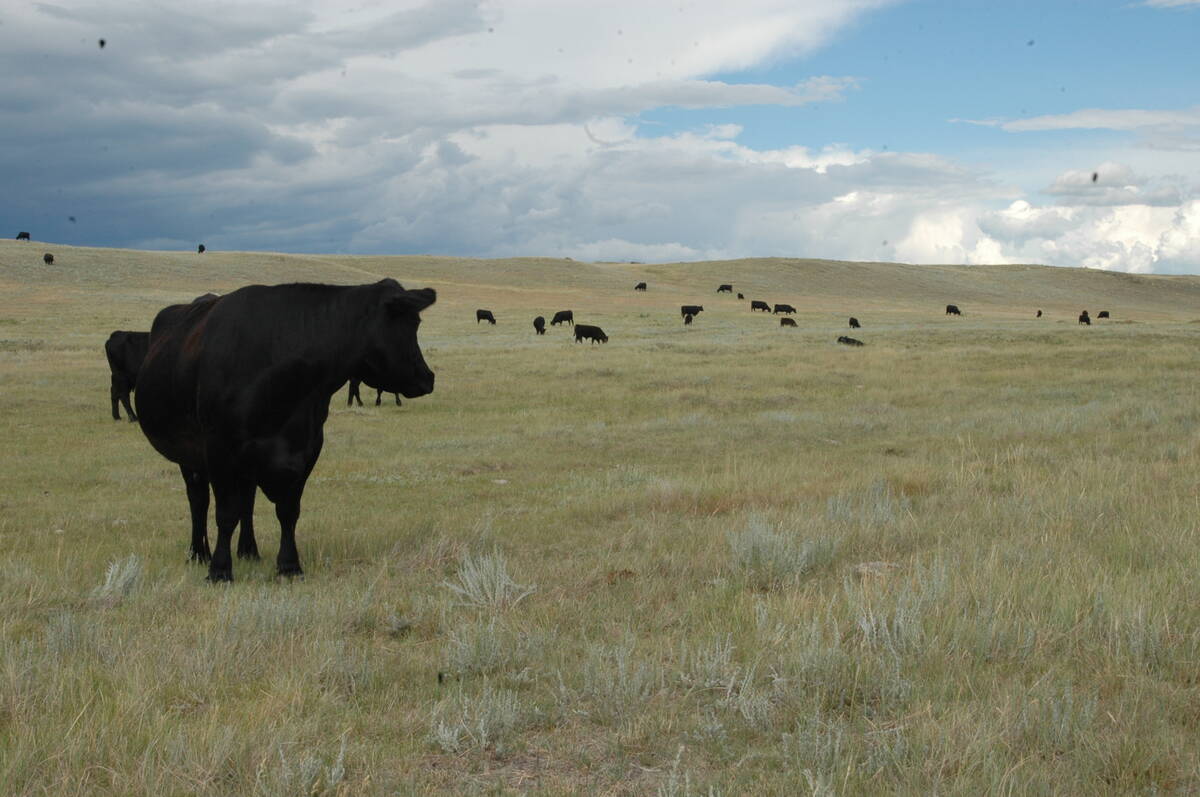
Saskatchewan Cattle Association struggles with lower marketings
This year’s change in the provincial checkoff has allowed the Saskatchewan Cattle Association to breathe a little easier when it comes to finances.
Four universities participated in the study. It surveyed retailers, restaurants, packers and feedlots. More than 60 percent of producers said the audits of 1991 and 1995 prompted them to improve beef quality through better handling, vaccination techniques and record keeping.
A rewards system also may have helped. Selling cattle into quality programs on contract, and through branded beef schemes, has encouraged people to improve quality.
There are 52 branded beef programs in the United States. They rely on breed, source verification and processing specifications to promote a higher quality beef.
In addition, all federally inspected plants have implemented strict handling guidelines using hazard analysis critical control points and 47 states have established beef quality assurance programs.
But, “there are areas where we still need to make progress,” Smith said.
Injection site injuries appear in less than three percent of carcasses, a substantial improvement from years ago when 22 percent of carcasses had abscesses and scars from medications and needles.
Parasite damage and brands remain prevalent. There are still too many condemned heads, tripe, livers and tongues, Smith said.
Tongues can sell for a higher price than beef tenderloin on the export market, yet seven percent of tongues are damaged, according to the quality audit.
“We’ve got to protect these things that you or I might not want to eat, but somebody does and is willing to pay for them,” Smith said.
Carcass uniformity and weights are still a problem, with too many oversized animals coming into plants. Carcasses over 950 pounds are more difficult to handle, transport and break down because the cuts are bigger than buyers want.
Improved meat tenderness with more marbling and less outside fat is needed.
In 1991, the audit recommended a quarter-inch of fat trim. Today that is the industry standard.
The next step is to implement a standardized animal identification system that processing plant machines can read. This will provide a smooth transfer of information back to producers.
“We need to build a beef quality culture in the beef cattle industry,” Smith said.



